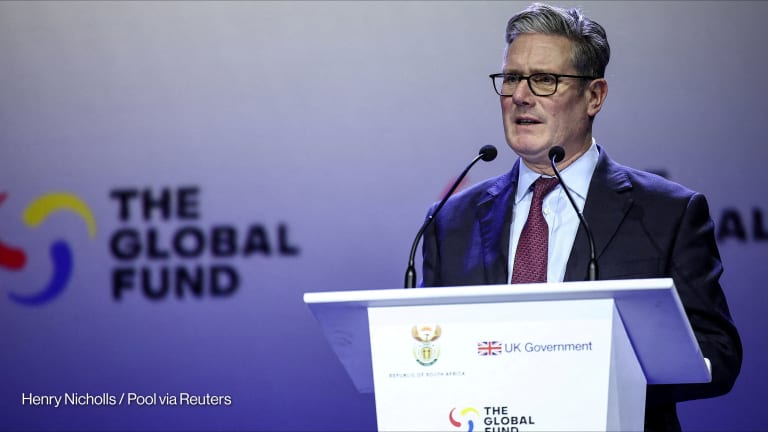The 194 nations that govern the World Health Organization took their first tangible steps during the 2023 World Health Assembly to fulfill the commitment they made one year ago to sustainably finance the U.N. agency tasked with the “attainment by all peoples of the highest possible level of health.” For a chronically underfunded institution, this is welcome news — and there are some tangible steps that can be taken to maintain progress and fix its financing model once and for all.
The WHA delivered on two key promises: First, it agreed to raise the dues governments pay to a level equivalent to 26% of WHO’s 2022-2023 base budget. If this sounds underwhelming, consider that such fees — dubbed “assessed contributions” — had declined over time to a much smaller fraction of its revenue, making WHO dependent on the less predictable voluntary contributions of a handful of powerful donors. This boost is the first in a series of increases that could see member dues rise to the equivalent of 50% of the 2022-2023 base budget by the decade’s end.
The second promise kept was to permit planning for an “investment round” in 2024, likely to include a replenishment conference. The goal would be to “raise voluntary contributions for the … base segment that is not funded by assessed contributions.” Much debate has centered on whether donors would be permitted to earmark their pledges. These contributions are critical resources and part of the overall strategy of sustainably financing WHO. They are also politically palatable to donors conscious of national priorities and citizen accountability.








